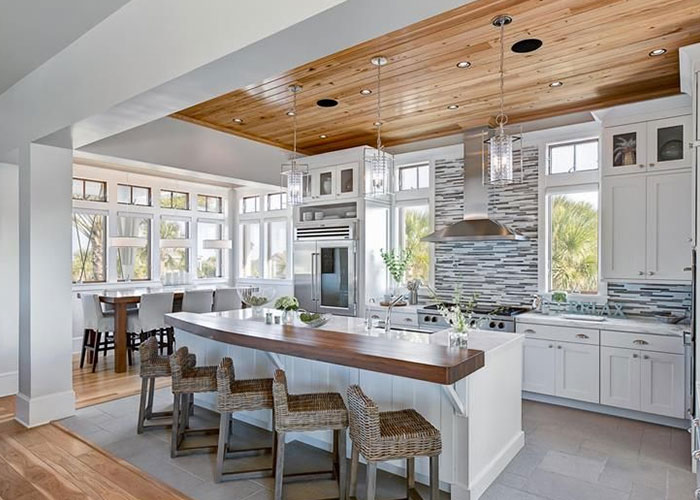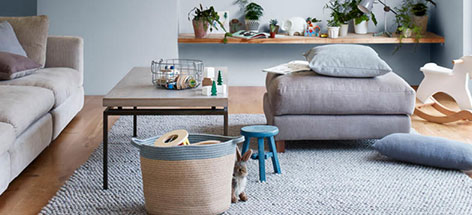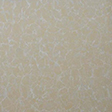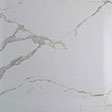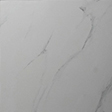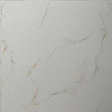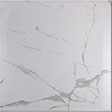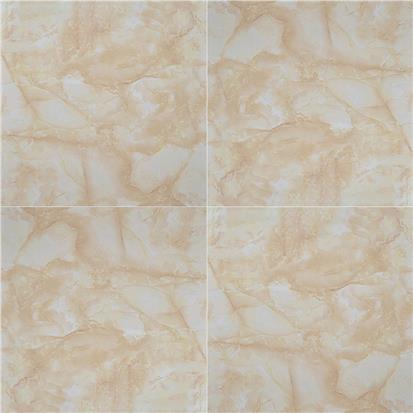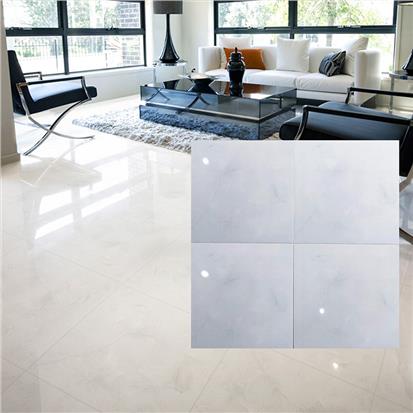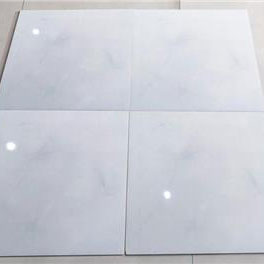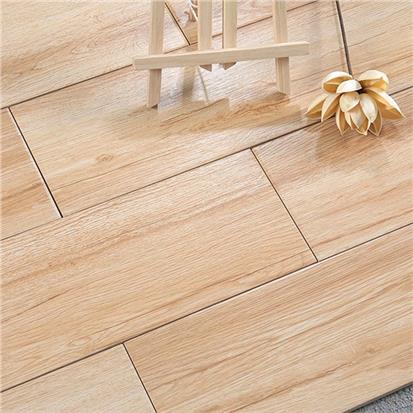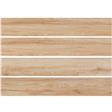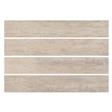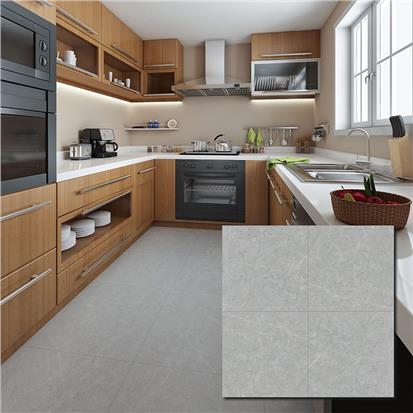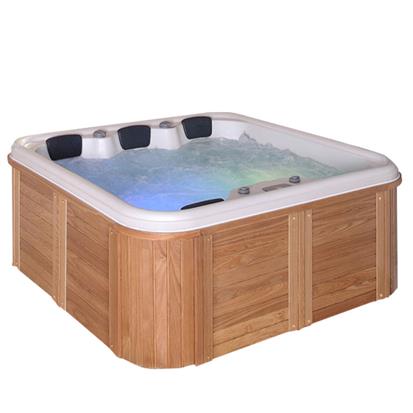1.Plan Ahead:
The first step in achieving a flawless transition is planning. Consider factors like the type of tiles and carpet you're working with, the traffic in the area, and the aesthetic you want to achieve. Planning ensures you select the right materials and methods.
2. Choose the Right Transition Strip:
Transition strips come in various materials and styles. Pick one that complements your décor and provides a smooth transition. Common options include metal, wood, and rubber strips.
3. Measure and Cut Precisely:
Measure the width of the doorway or the area where the transition will occur. Cut the transition strip with precision, ensuring it fits snugly. An uneven or poorly cut strip can ruin the entire look.
4. Prepare the Surface:
Before installation, make sure the floor is clean, dry, and free from debris. Any imperfections or debris can affect the transition's appearance and performance.
5. Install Tack Strips:
If your carpet is wall-to-wall, install tack strips along the edge where the carpet meets the tile. This will secure the carpet and create a neat edge.
6. Secure the Transition Strip:
Attach the transition strip using adhesive or screws, depending on the type of strip you've chosen. Ensure it's level and secure.
7. Seamlessly Blend Materials:
For a cohesive look, choose a transition strip that allows the carpet and tile to blend smoothly. This is especially important if you're using different types or colors of tile and carpet.
8. Professional Installation:
If you're unsure about your DIY skills, don't hesitate to call a professional. An expert can ensure the transition is flawless and long-lasting.
9. Regular Maintenance:
To keep your transition looking great, perform regular maintenance. Vacuum the carpet and clean the tile to prevent dirt buildup at the transition point.
10. Consider Design Elements:
If aesthetics are a top priority, think about design elements like color, texture, and pattern. A well-thought-out transition can be a stylish accent in your space.
Conclusion:
A carpet to tile transition might be a small detail, but it plays a significant role in the overall look and functionality of your space. By following these tips and paying attention to the details, you can achieve a seamless and stylish transition that enhances your interior design.
 EN
EN FR
FR PT
PT AR
AR
